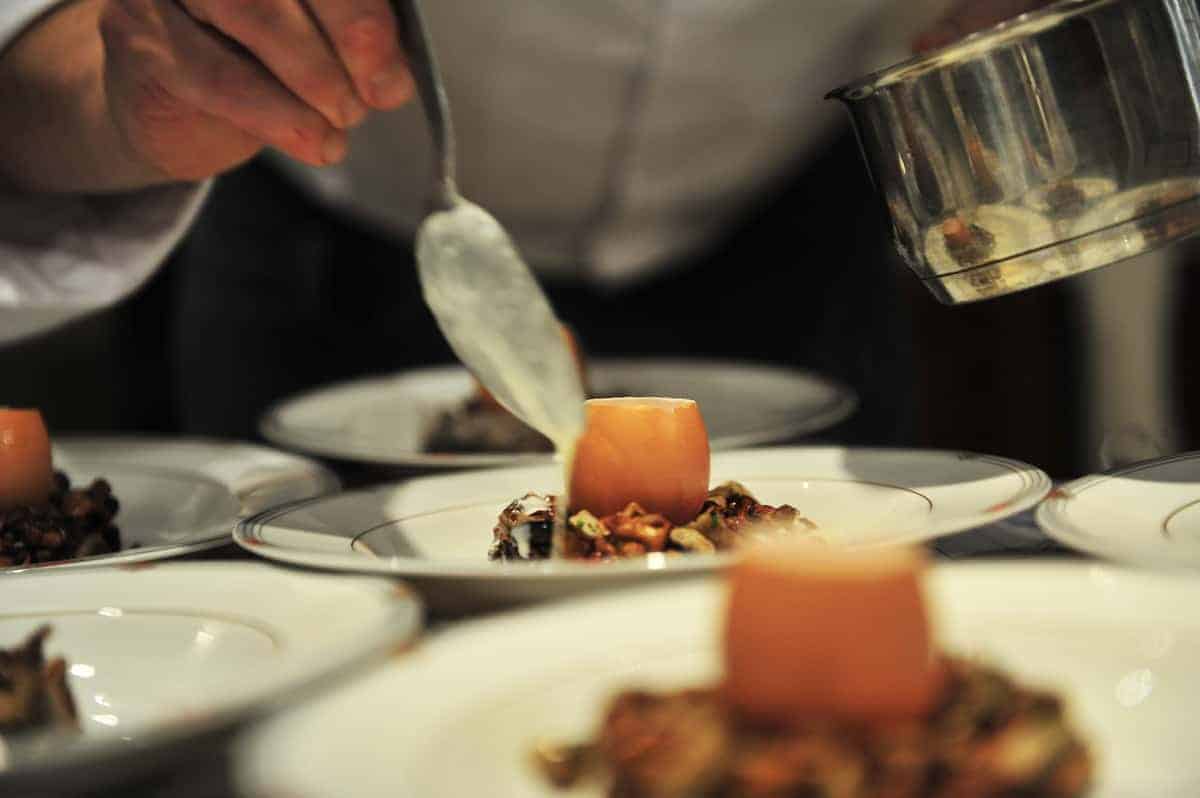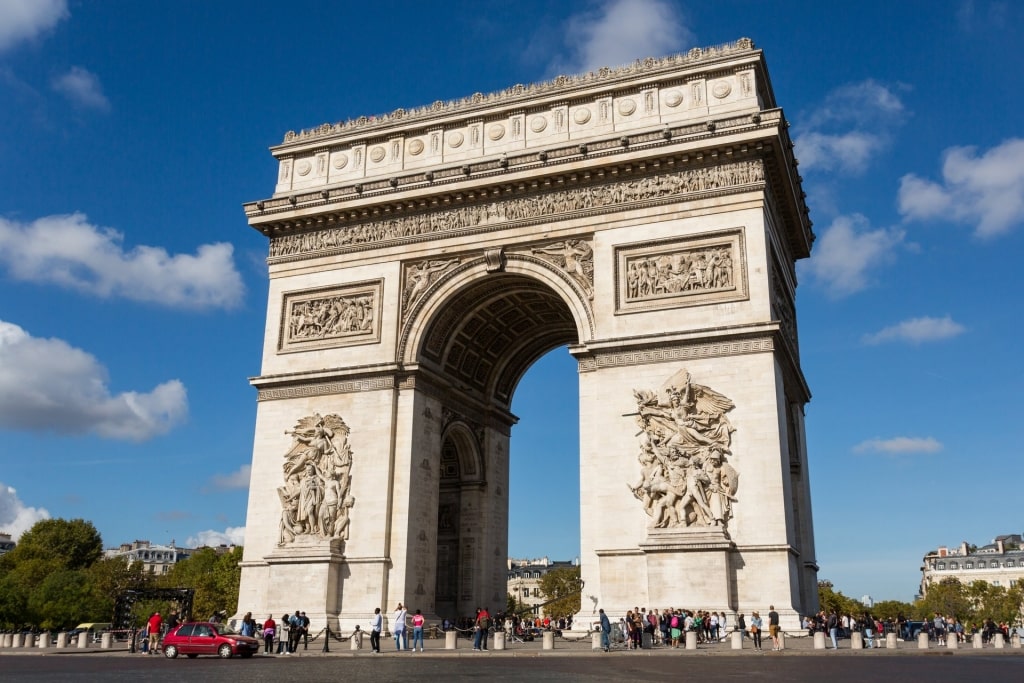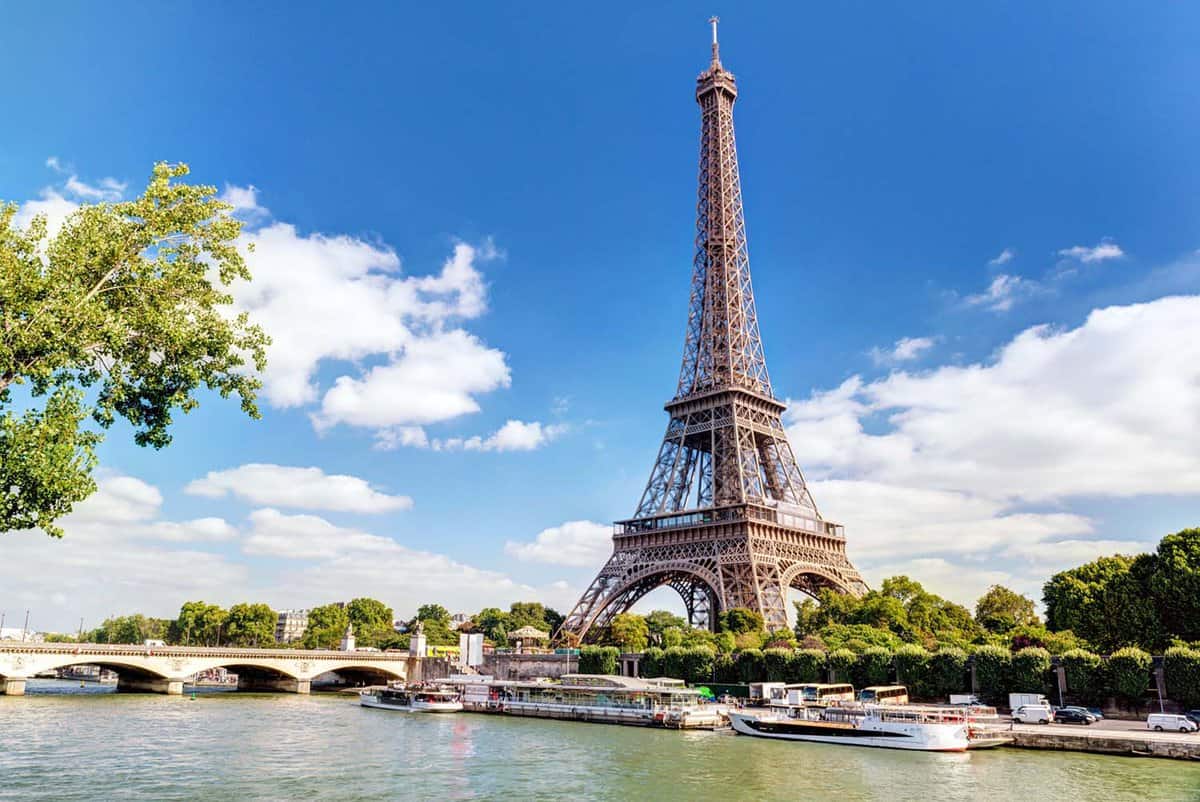France is a country full of vibrant regional cultures, each with its own unique and fascinating history. From the world-renowned Eiffel Tower in Paris to the rolling hillsides and vineyards of Provence, there is much to explore beyond the well-known icon.
This article will delve into how French culture has been shaped by these distinct regions over time, uncovering a rich tapestry of diversity that makes up this beautiful nation. Whether youre interested in exploring the local cuisine or discovering hidden gems off the beaten path, France has something for everyone – get ready to dive into an unforgettable experience!
Exploring the Unique Diversity of French Regional Cultures
From the bustling streets of Paris to the stunning beaches in Corsica, France is a country full of unique cultural diversity. Known as one of the most romantic places on earth, with its captivating cuisine and world-renowned art, there are plenty of things to explore beyond the iconic Eiffel Tower.
Every region has something different to offer – from culture and customs to language and dialects – making it a fascinating place for visitors. In Alsace-Lorraine, residents are proud of their Germanic heritage and fondly celebrate traditional festivals like Oktoberfest alongside French festivities such as Bastille Day.
In Languedoc-Roussillon, locals embrace their Mediterranean roots through regional dishes like brandade de more – a savory codfish dish served with thinly sliced potatoes – while elsewhere in Brittany’s coastal townspeople can still be found speaking Breton instead of French. The culinary scene varies wildly across France too; each region boasting signature dishes that have been developed over centuries using locally sourced ingredients.
From cheese fondues in Savoyard restaurants to pan bagnat sandwiches along Nice’s beaches down south, every corner you turn brings something new to try. Whether it’s exploring ancient castles or attending village fairs such as the Carcassonne Fete dAutomne celebration held each autumn in Occitanie or the Vannes Celtic Festival at Easter time in Brittany – visitors can immerse themselves into local communities that proudly showcase their distinct cultures year-round.
France is truly an amazing destination that offers travelers an abundance of experiences sure to make lasting memories!
A Closer Look at Frances Region-Specific Cultural Identities

France has a long and storied past, one that is full of unique regional cultures shaped by their distinct geography, history, and language. A closer look at France’s regional cultural identities reveals the different flavors that make up this diverse country.
In the north-east of France lies Alsace-Lorraine, where Germanic influences can be seen in its cuisine. Here you’ll find dishes like sauerkraut made with bacon or smoked pork belly as well as sweet tartes flambées – thin pizzas topped with cream cheese and onions – which are popular throughout the region.
Additionally, several local dialects have been preserved here for centuries due to its isolated geography from other French regions. The famed wine region of Burgundy is located just east of Paris and boasts some truly remarkable wines including Pinot Noir, Chardonnay, and Gamay grapes grown on rolling hills dotted with medieval villages.
The area also offers great food such as Boeuf Bourguignon – beef cooked in red wine – Coq au Vin – chicken stewed in white wine – along with traditional cheeses like Epoisses de Bourgogne which is ripened until it develops an incredibly creamy texture inside its rind. Further south lies Provence whose Mediterranean climate gives rise to beautiful landscapes filled with olive groves and fragrant lavender fields stretching across valleys beneath an azure sky; meanwhile within historic cities there are cobbled alleyways lined with colorful buildings serving delicious bouillabaisse fish soup alongside fresh baguettes spread thickly with tapenade or sun-dried tomato pesto sauces served every morning for breakfast!
Finally down near Spain is the Basque Country whose population speaks a unique language called Euskara containing elements from Romance languages like Spanish but also ancient non-Indo-European words making it fascinating to study linguistically speaking! Its culture reflects traditions passed down through generations such as pelota (handball) competitions held annually between locals while they feast on traditional foods like Piperade eggs cooked slowly together peppers tomatoes onion garlic & bay leaf adding flavor depth complexity to any dish!
From Brittany to Provence: Discovering Local Customs and Traditions
From Brittany to Provence, there is an incredible range of local customs and traditions that make France such a culturally rich nation. Starting in the northernmost region of Brittany, visitors can discover its unique Celtic history with traditional Breton dance performances such as the Gwenn ha Du or black and white dances, which feature dynamic choreographies comprised of interlocking movements.
From here tourists can travel south to Normandy where they will find strong ties to maritime culture; this includes meandering through picturesque coastal towns and sampling some of its renowned seafood dishes. Heading further south, visitors have the opportunity to explore Provence – an area famous for its Mediterranean climate and vibrant markets full of fragrant herbs, aromatic cheeses, and colorful fruits from the region’s lush countryside.
Here people can also take part in unique cultural experiences such as olive harvesting during harvest season or attend a candlelit procession in honor of The Black Madonna at Les Saintes-Maries-de-la-Mer. No matter what region you visit within France all these cultures come together under one roof – ‘La Maison de la Culture’ (House Of Culture).
This is where locals come together to celebrate music, theatre, and other forms of art showcasing their respective regional heritages while also allowing others to experience them too!
Uncovering the Rich History Behind Frances Regional Cuisines

From the bustling city streets of Paris to the tranquil countryside of Provence, France is home to an incredible variety of cultures and cuisines. Each region has developed its unique style of cooking, from creative dishes inspired by traditional ingredients in Alsace to classic Mediterranean flavors found in the South.
Uncovering the rich history behind these regional cuisines can reveal how each area has been shaped by its environment and culture over time. The French are known for their commitment to quality food, which often involves sourcing local produce and using classical techniques such as slow-cooking or braising that allow flavors to fully develop.
Regional dishes also utilize a wide range of herbs, spices, vegetables, and meats – including seafood along France’s extensive coastline – creating truly unique flavor combinations. From hearty stews originating in Brittany to bright seafood salads from Aquitaine, there is something for everyone when it comes to exploring the different tastes on offer throughout France’s diverse regions.
These distinct regional culinary traditions have been passed down through generations with recipes being adapted as new ingredients become available or technology advances over time; however, some remain unchanged since they were first created centuries ago! This means that visitors can enjoy authentic meals made just like they would have been prepared many years ago without any modern twists or additions – a true taste of French heritage!
Visiting Iconic Monuments and Landmarks Across France
When visiting France, many people think of the iconic Eiffel Tower. But beyond this impressive monument lies a rich tapestry of regional cultures that make the country so special.
From Alsace and Lorraine in eastern France to Provence-Alpes-Côte d’Azur in the south, each region is filled with its unique historic monuments and landmarks. In northern France, visitors can explore magnificent cathedrals such as Chartres Cathedral or Notre Dame de Paris, both UNESCO World Heritage Sites.
The charming city of Strasbourg offers a plethora of interesting sights like La Petite France – an old quarter lined with half-timbered houses – while Giverny is home to Monet’s house and garden where he painted his famous Water Lilies series. Heading southwards takes you to Burgundy’s beautiful valleys dotted with picturesque villages such as Vézelay and Pouilly-en Auxois.
Further down are some of Europe’s most celebrated vineyards located near Beaune on the Cote dOr wine route while Lyon has wonderful Roman ruins like Fourvière Hill or Amphithéâtre des Trois Gaules (The Three Gauls Amphitheater).
No visit to southern France would be complete without exploring some of its remarkable medieval cities including Carcassonne, Avignon, and Aigues Mortes – all part of UNESCO’s World Heritage list. And don’t forget about Nice’s stunning Promenade des Anglais along the Mediterranean coast! With so much history and culture there for exploration it is sure to delight any traveler looking for an unforgettable experience in one European country!
Conclusion

The Beyond the Eiffel Tower: The Rich Tapestry of France Regional Cultures article paints a vivid picture of the vast diversity that exists within French culture. From regional cuisines to unique festivals, each region in France possesses its own distinct culture and history.
This makes exploring each region an incredibly rewarding experience for travelers – especially those who hire escortes Paris services to help them navigate and appreciate everything each area has to offer. Whether it’s wine-tasting in Bordeaux or attending a music festival in Brittany, there is something special about discovering these lesser-known regions of France that make it one of the most sought-after tourist destinations in Europe.
